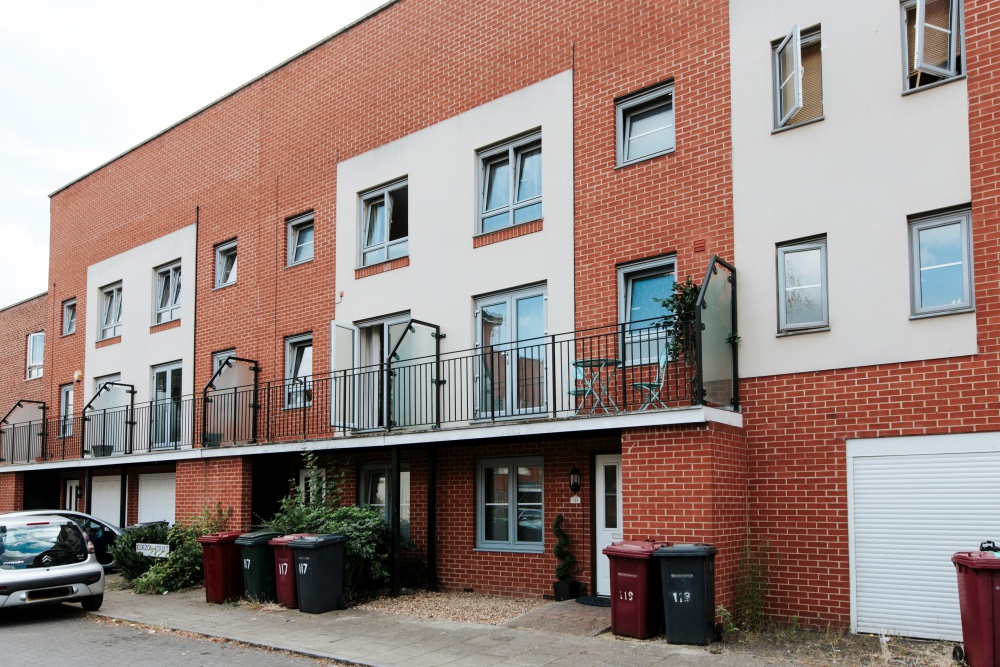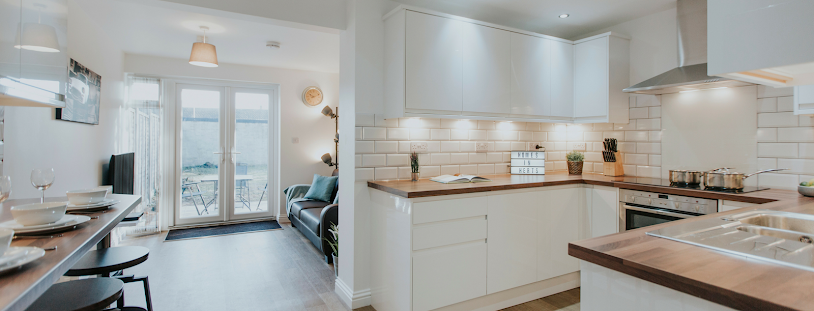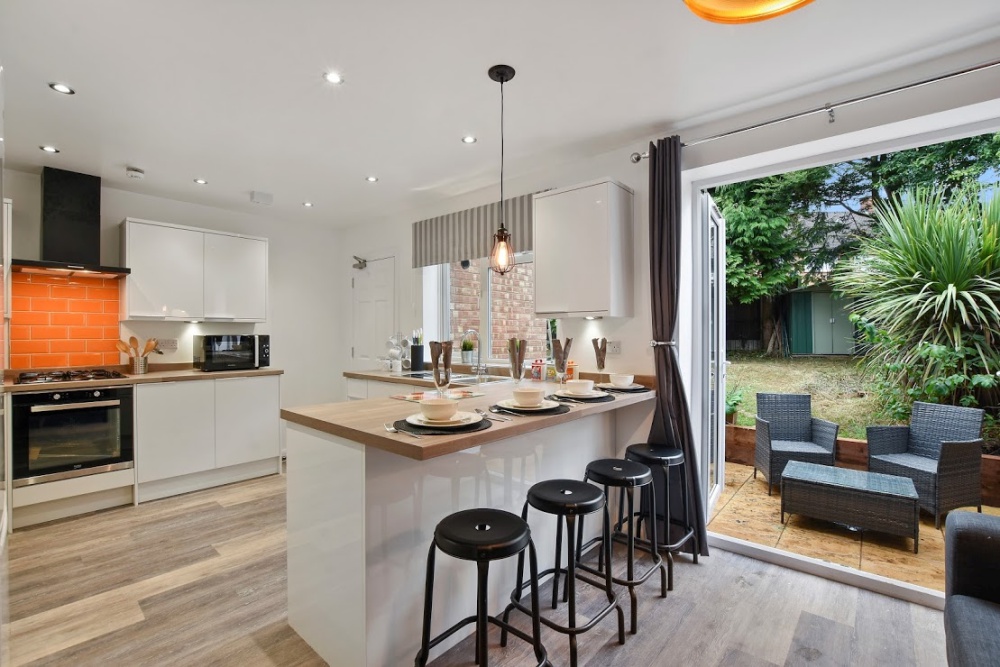
The UK’s vote to leave the European Union alone spurred uncertainty. Now the confusion surrounding if and when it will happen is really playing on peoples’ fears and aspirations, especially concerning property investment.
We look at three of the most common Brexit property investment ‘myths’ and uncover some cold hard facts about why investing in property remains a great decision for many, deal or no deal.
The Bank of England says that house prices could fall by up to 30% if we find ourselves in a ‘no deal’ situation. This is almost double the biggest drop experienced after the financial crisis (17%).
As a result, people are sitting on their hands waiting for some kind of windfall saving instead of buying now, which has slowed down property market activity. First-time buyers, home movers and new or inexperienced property investors are concerned that if they buy now, they’ll miss out on a cheaper deal in a few months.
Other property market experts, however, predict only small falls in house prices (5%), or even a 1% to 4% rise over the next year.
The truth is that, since the referendum, house price growth has fallen on average, not actual house prices when you look at the year-on-year figures (ONS House Price Index, February 2019). All predictions are of course based on an average for the UK, and actual data across the country proves that things can differ greatly between regions, towns and even neighbouring roads.
If you’re a first-time buyer, then you could hang around to see if your dream house goes down in price, but you risk missing out. If you’re a home mover, then any price drops are relative – if the house you want to buy goes down in price, the property you’re selling is likely to as well.
However, if you’re considering investing in residential buy-to-let property, whether for the first time or to grow an existing portfolio, think about the rental income you could be losing out on. The higher the rental income potential of the buy-to-let model, the less important saving a few thousand pounds on the purchase cost becomes.

There is a perception that there are less people buying and selling property, so choice is restricted. However, if you look at transaction volumes since the referendum, there hasn’t been much of an impact. In fact, HMRC UK Property Transaction Statistics (seasonally adjusted) show that there were more house sales in January 2019 than the year before.
Whatever the Brexit outcome, people will need to sell. Death, debt and divorce will be the cause in some cases, and new jobs and school places will require relocation. As people come to terms and accept whatever changes lie ahead, activity will slowly increase.
For landlords looking for properties that will generate attractive rental yields, location and type of property are important factors. For landlords investing in House in Multiple Occupation (HMOs), these factors are even more critical and if there are less properties for sale generally, then the likelihood that one will work as an HMO is somewhat diminished. Or is it?
Platinum Property Partners has been helping its Franchise Partners to build profitable HMO portfolios since 2007. As a network, we own more than 1,000 HMOs and they come in all shapes and sizes – bungalows, terraced houses, detached and derelict properties and everything in between.
Some more experienced Franchise Partners have even converted commercial properties into professional HMOs. Liam Gallagher has converted both a former disused hotel and nursing home into one 12-bedroom and one 16-bedroom HMO respectively near Liverpool, and Olaf Fetter and Jacqueline Standard turned a mixed-use three storey property into three, six-bedroom HMOs in Nottingham.
More recently, Bill Mann purchased a fairly new build townhouse that required less than £15,000 worth of work to get it HMO-ready.
“A three-storey townhouse came on the market at £25,000 below market value, and it was practically a ready-made HMO,” said Bill. “The vendor was a landlord who had been letting it as a single-tenancy buy-to-let and wanted to exit the market. It has five bedrooms, three en-suites and I was able to turn the lounge into the sixth bedroom as the communal kitchen was already a great size.”
Bill will be achieving a 26% return on equity (ROE) from day one, and was able to spot this opportunity because he was open to being creative, had specific property alerts set up and could move quickly. He is proof that there are suitable properties available if you know what to look for and that you can get a good deal on price.

There has been a flurry of tax and regulatory changes impacting the private rented sector since 2015 which has resulted in almost 4,000 buy-to-let properties being sold by landlords each month (Ministry of Housing, Communities and Local Government).
As a result, buy-to-let lending has decreased significantly. Figures from the trade body, UK Finance suggest that the number of new buy-to-let mortgages approved in 2018 was less that 70,000 compared to 183,000 in 2007.
It is reported that rental yields are also low and that Brexit will only dampen tenant demand, especially from EU immigrants.
For single-tenancy buy-to-let landlords, it is true that margins are being squeezed and, in many instances, rental income barely covers costs. Such landlords are therefore leaving the market. But for high-income-producing models like the HMOs that PPP specialises in, return on investment remains 15% on average and there is actually less tenant mobility - meaning they are staying put for longer.
In addition, if you can pass the stringent stress tests, which HMOs can, attractive mortgage rates are being launched by lenders all the time in a bid to win new business. More products are also coming on the market for limited company buy-to-let mortgages.

Property prices and capital growth become less significant when you invest in a buy-to-let model that generates up to 40% more income than standard buy-to-let. Holding off on your first purchase could mean you’re missing out on the opportunity to earn an income of more than £17,000 per property per year.
If you know what properties to buy and where (and how to cost-effectively turn them into high quality HMOs), and can position yourself as a serious investor who can move quickly, then investing in a buy-to-let property becomes less of a challenge.
With access to specialist and proven mortgage brokers to support you with the right finance structure, and a high quality but affordable home that more tenants are looking for, you can succeed in property investment despite the outcome of Brexit.
 How to plan your corporate exit strategy
How to plan your corporate exit strategyPlatinum Property Partners franchisee Jon Downing talks about his plan to leave the Corporate Sector.
 Redundancy is never easy, even if you do receive a financial package
Redundancy is never easy, even if you do receive a financial packageFranchisee Paul Watson was the main breadwinner of the household and in a senior corporate role when he had a redundancy forced upon him.
 Top 5 dates to be aware of this year!
Top 5 dates to be aware of this year!Last year was a whirlwind for property investors, and this year looks likely to be jam-packed too. Because of this, Platinum Property Partners look into a few dates we should all be aware of in 2019!
 Be The Greatest
Be The GreatestDon’t try to teach yourself how to be a professional – that’s what Platinum Property Partners is here for.
 International Women’s Day
International Women’s DayPlatinum Property Partners (PPP) feel that this is a great opportunity to take a look at women leading the way in the franchise industry.